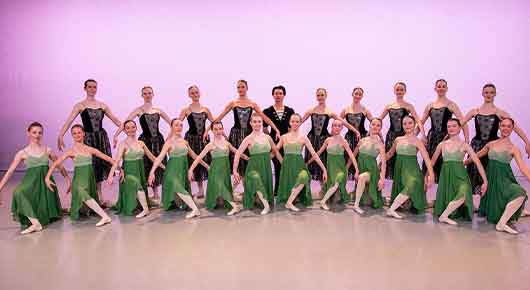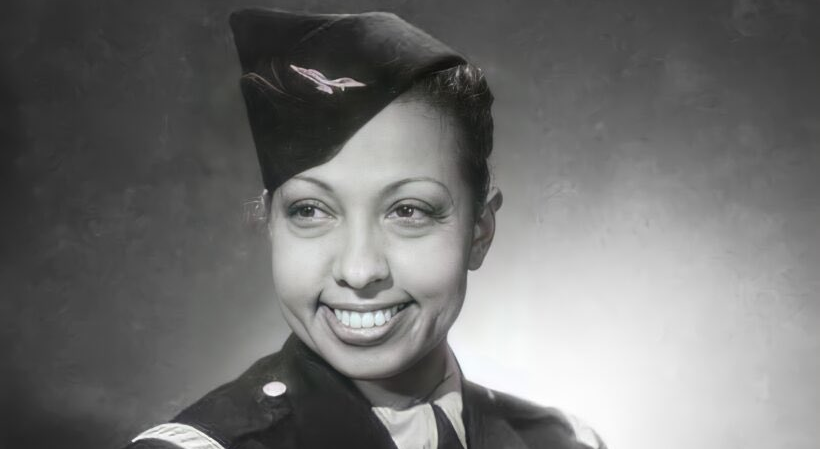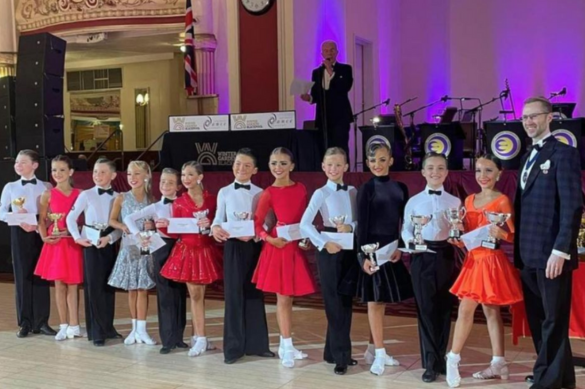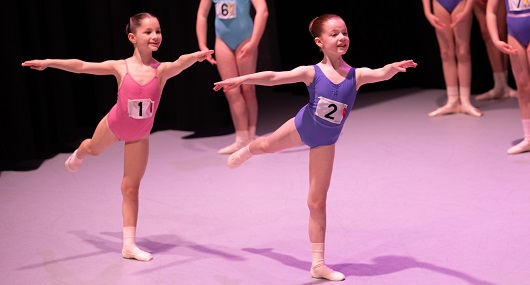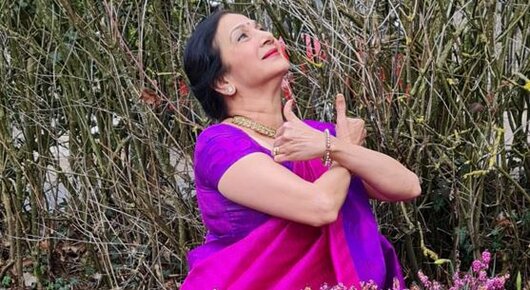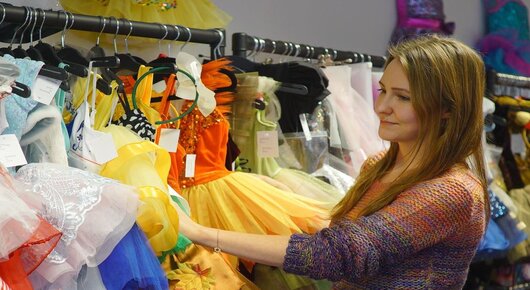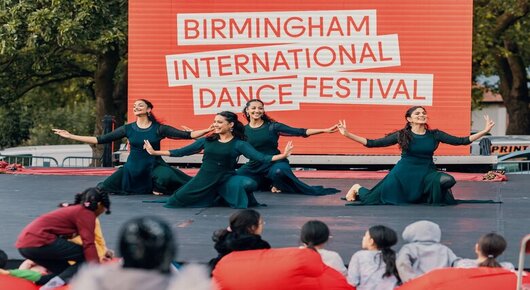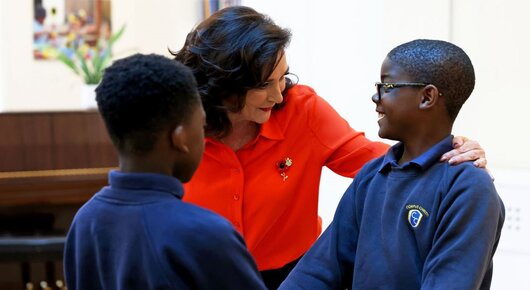26 May 2022
A performance in three acts, Gustav Holst’s Sāvitri at the Barbican is the first time Classical Indian Dance committee member Urja Desai Thakore faced the challenge of choreographing for an opera. Led by Urja, Pagrav Dance Company is an ISTD Approved Dance Centre, and focuses on teaching kathak in its purest form, whilst also challenging the classical tradition through contemporary reimagining.
Credit: Barbican
Written in 1909, Holst’s Sāvitri tells the tale of Sāvitri’s desperate plight to save the life of her husband. Using her decades of experience to direct a trio of dancers from her company, the infusion of Urja’s kathak stylings into Holst’s story of love, betrayal, and death creates a beautifully cosmopolitan blend of western opera and traditional Classical Indian movement.
As the low rumble of the Britten Sinfonia, our chamber orchestra ensemble for the evening, fills Barbican Hall, we are immediately drawn into the world of Sāvitri and its ethereal lyricism. Sinister and eerie, yet simultaneously propulsive and captivating, Sir Mark Elder’s deft conducting presents the orchestral third as a thematic introduction to the rest of the performances. An overture in preparation for the striking movements of the performers from Pagrav Dance Company that were yet to come.
Credit: Mark Allan
Performed by Meera Patel, Mira Salat, and Parbati Chaudhry, three ISTD trained teachers at Pagrav Dance Company, the carefully choreographed movements of each dancer, synchronised and distinct at the same time, create an enthralling medley of culture and movement.
Credit: Milly March
A single spotlight focuses on Sāvitri herself, portrayed by mezzo-soprano Kathryn Rudge, as the three dancers revolve around her, framing her with intricate hand movements and masterful footwork. As we watch the trio move, it immediately becomes clear that this conflation of dance and opera is one of intense collaboration and partnership. Urja’s careful consideration of the meaning behind Holst’s work and the conscious conceptualisation of the thematic message shines through each footstep and spin of the dancers as we are introduced to a truly unique interpretation of Holst’s score.
Credit: Milly March
A presentation of the richness of Classical Indian dance and its ability to transcend both cultural and temporal barriers, this production of Sāvitri not only introduces the wider public to a fusion of dance and music, but creates a new genre of performance, one that is less reliant on tradition and embraces modernity.
The Society is proud to be represented by Urja Desai Thakore and the talented dancers of Pagrav Dance Company, and look forward to the exciting work they are sure to bring us in the future. Find out more about our Classical Indian Dance faculty here.
